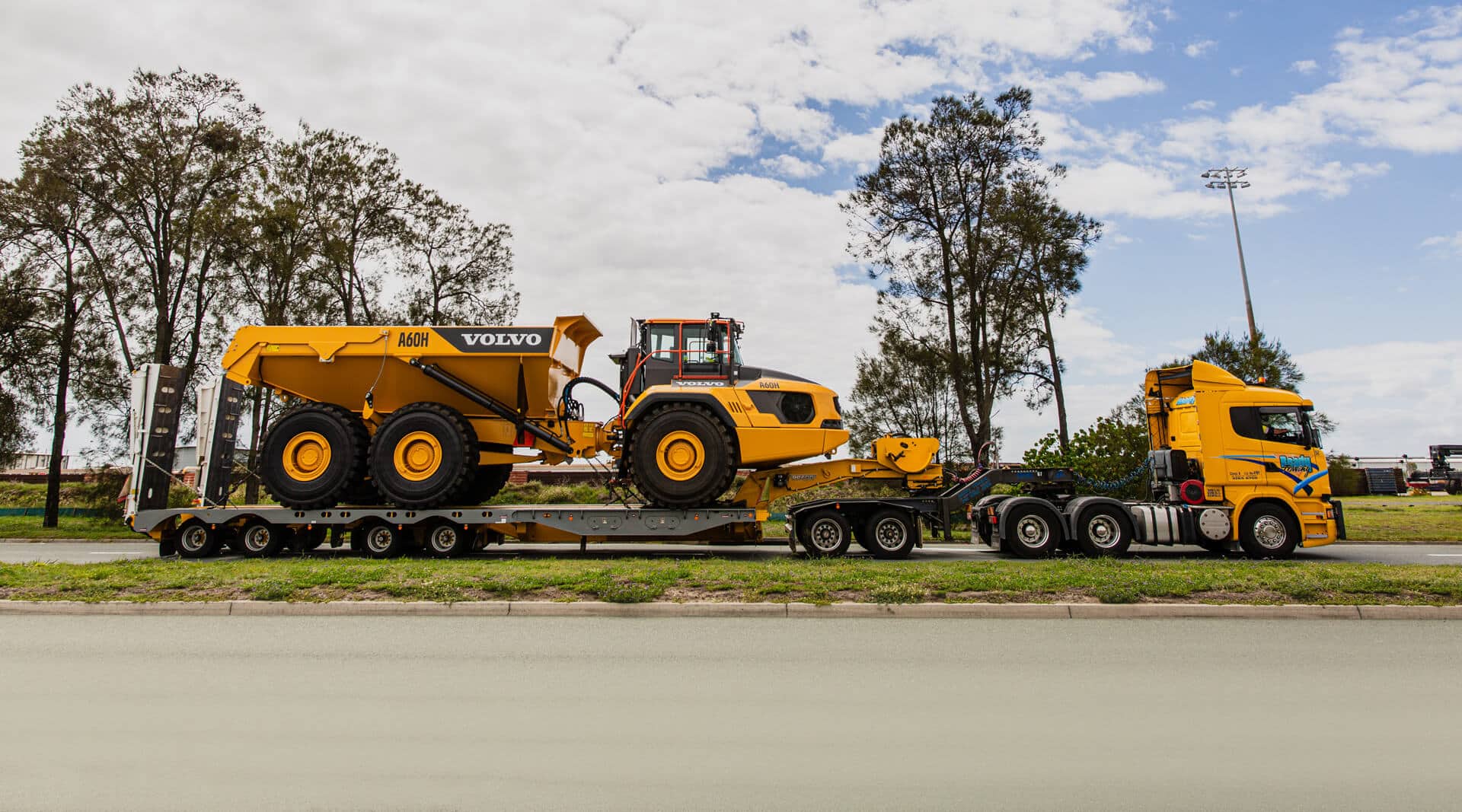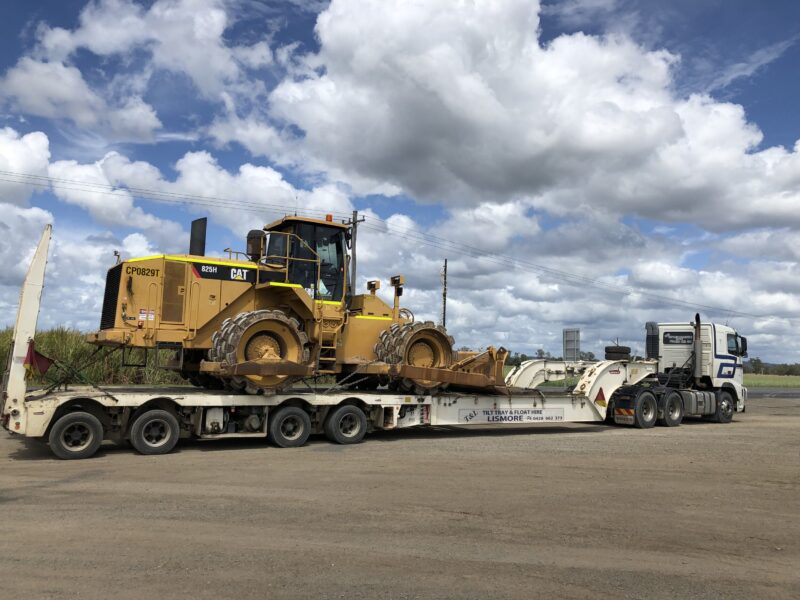Transporting heavy machinery using tilt tray trucks is both an art and a science, demanding careful planning and adherence to safety protocols. As the demand for construction and industrial machinery grows, so does the necessity for efficient and secure transport solutions.
However, the sheer weight and size of such equipment mean that any mishandling can lead to serious accidents or equipment damage. In this article, we will explore essential safety tips and best practices for loading and transporting heavy machinery with tilt tray vehicles.
Whether youre a seasoned professional or a newcomer to the field, understanding these guidelines is vital to ensuring a safe and successful operation. From assessing load weight and securing cargo to navigating challenging terrains, every detail counts in the journey of heavy machinery transport.
Pre-Transport Preparations

Before embarking on the intricate process of heavy machinery tilt tray transport, thorough preparations are essential to ensure a seamless and safe operation. First, conduct a meticulous inspection of both the machinery and the tilt tray; every detail counts, from checking fluid levels and tire conditions to verifying that safety equipment is in place and functional.
Additionally, its crucial to review the load capacity of your tilt tray—overloading can lead to catastrophic failures. Planning the route is equally vital; be aware of overhead clearances, road conditions, and any potential hazards along the way.
Moreover, communicate clearly with your team, establishing roles and responsibilities, and conducting a safety briefing to ensure that everyone is on the same page. By laying this groundwork, you significantly reduce the risk of incidents during transport and set the stage for a successful operation.
Safety Tips for Tilt Tray Operations

When operating a tilt tray, safety should always be your foremost priority. Before commencing any loading or unloading tasks, ensure that your equipment is thoroughly inspected—the tilt tray, chains, and straps must be in optimal condition to avoid catastrophic failures.
Always communicate clearly with your crew; using hand signals or two-way radios can prevent misunderstandings that could lead to accidents. Load distribution plays a vital role—ensure that the center of gravity is balanced to maintain stability while transporting heavy machinery.
Moreover, wear appropriate personal protective equipment (PPE) such as hard hats, gloves, and steel-toed boots, as hazards abound in such environments. Lastly, be acutely aware of your surroundings: watch for obstacles, maintain a safe distance from bystanders, and always be prepared for the unexpected.
By adhering to these safety tips, you can significantly reduce risks and promote a safe working atmosphere while utilizing tilt tray operations.
Conclusion
In conclusion, ensuring the safe and efficient transport of heavy machinery using tilt tray transport requires careful planning and adherence to best practices. By following the safety tips outlined in this guide—such as proper loading techniques, securing equipment correctly, and maintaining clear communication among all team members—you can mitigate risks and enhance operational efficiency.
Remember that thorough preparation not only protects your valuable machinery but also safeguards the well-being of your team. With these guidelines in mind, you can confidently embark on your heavy machinery transportation tasks, knowing youre equipped to handle the complexities of this critical operation safely.


